Are you looking for a reliable manufacturer for motor magnets, are you searching for multi-poles magnets for motor for your application, or even expecting design for your own specificiation, I am glad you have come to the right place. With over 20 years design and manufacturing experience, AEMagnets is a leading motor magnets supplier, serve to different industies. From ferrite motor magnets to the highest grade N52 neodymium motor magnets, with various sizes and shapes. Applications from underwater to space, from normal temperature to high temperatures as over 450 degree, etc.
Are you eager to explore more about us, are you ready to discuss with us, let's start!
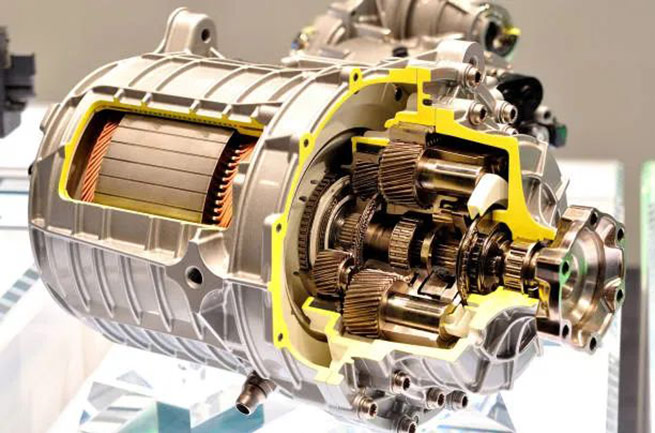


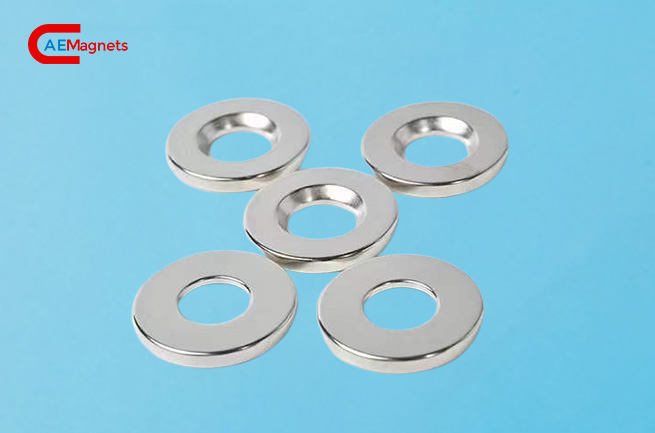
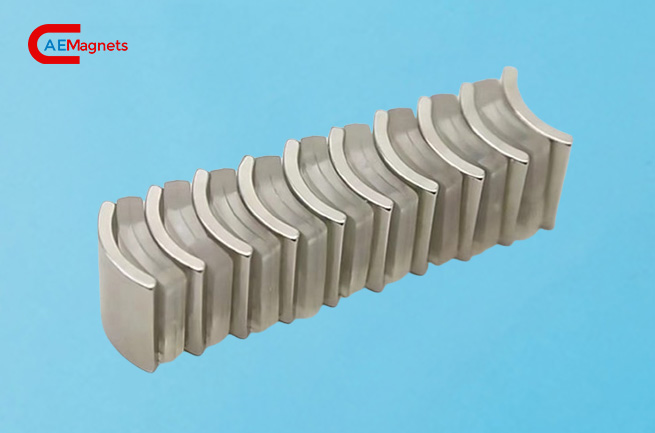
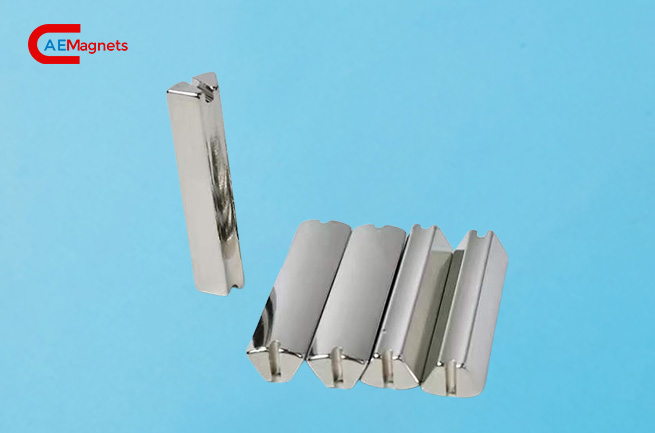
Unlock the true potential of your motors with our cutting-edge motor magnets, meticulously crafted to elevate performance and efficiency. As a leading provider of magnetic solutions, we take pride in offering a diverse range of motor magnets tailored to meet the dynamic demands of various industries.
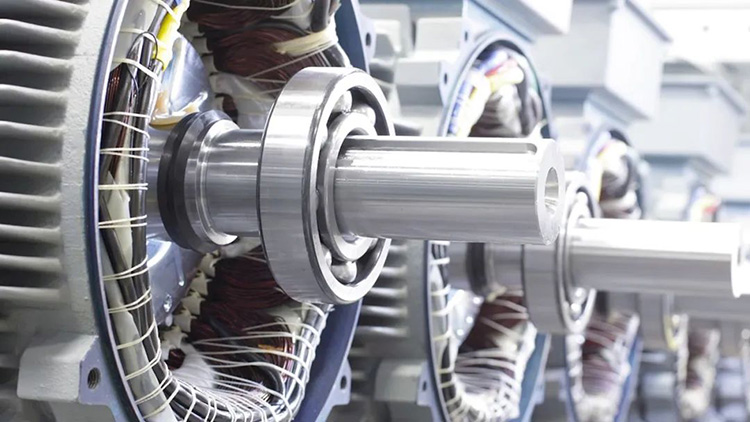
Our motor magnets, crafted from premium-grade neodymium, offer unparalleled magnetic strength. These rare earth magnets provide a crucial boost to the motor's power, ensuring optimal performance across a spectrum of applications. Experience a new level of torque and efficiency that translates to enhanced operational capabilities.
We understand that different motors serve different purposes. That's why our extensive product line includes a variety of motor magnets designed to cater to diverse applications. Whether it's for electric vehicles, industrial machinery, or precision instruments, we have the perfect magnet to meet your specific needs.
Our motor magnets undergo precision engineering to guarantee maximum efficiency. With advanced manufacturing techniques and stringent quality controls, we ensure that each magnet adheres to the highest industry standards. Trust in the durability and reliability of our magnets to keep your motors running smoothly.

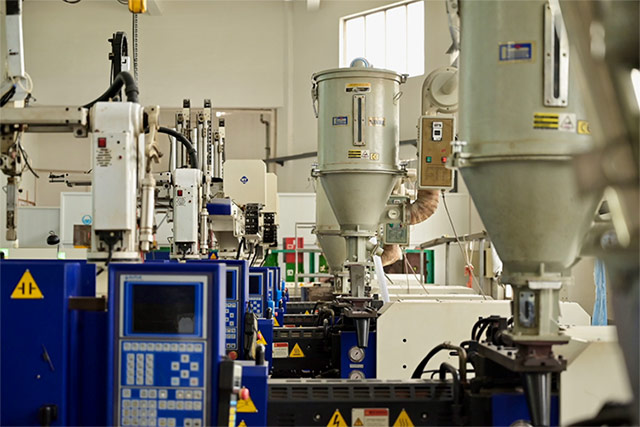
Beyond neodymium motor magnets, our material expertise spans a diverse range, incorporating cutting-edge alloys and composites. We harness materials with precision to craft solutions that meet the unique demands of modern applications.
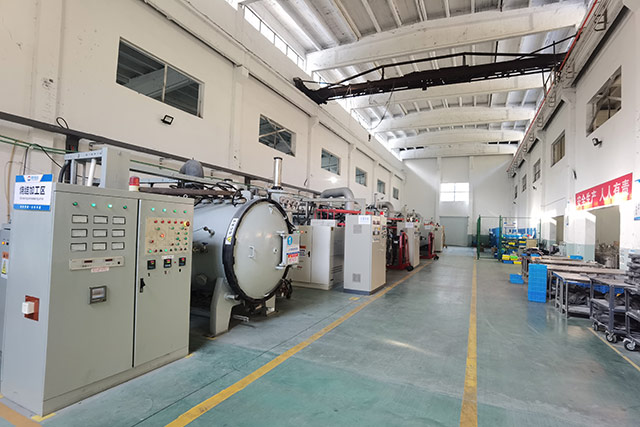
Recognizing the varied needs of industries, we offer more than off-the-shelf products. Our customization prowess allows us to tailor magnetic solutions, optimizing size, shape, and magnetic strength to align seamlessly with specific project requirements.

We are not merely suppliers but collaborators in innovation. Our team works closely with clients to integrate magnetic solutions seamlessly into their designs. From automotive applications to medical devices, our magnets are seamlessly woven into the fabric of modern technological advancements.

Adapting to the ever-evolving landscape of industry challenges, we stay at the forefront of research and development. Our commitment to staying abreast of emerging technologies ensures that our solutions remain not only current but also ahead of the curve.
AEMagnets is focus on creating values for our customer with innovative solution, supporting various industries through advanced magnetic technology.
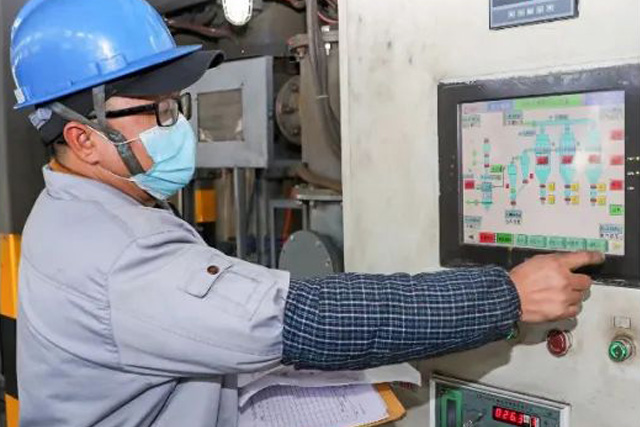
With 20 years of technical magnet expertise, AEMagnets is uniquely qualified in all aspects of magnets engineering and manufacturing. We will work with our customer to achieve an optimized magnetic solution for virtually any need focus on quality, application, cost, lead time. Engineering is core of our business. We've found that concurrent engineering from early start of a project yields the best overall results, which is why we like to work with our customers from the very beginning on major projects by utilizing our highly-skilled technical experts, in our company we call it Early Involvement of Engineering(EIE).

As a licensed and certified magnet manufacturer, we use high level inspection equipment and testing methods to ensure that our supplied products can meet customer requirements. Besides we also conduct quality planning from very beginning as to mitigate risk from virtual to real production. If there is complaint happened we will treat serious and use 8D methodology to make a thoroughly investigation and also set preventive actions, by insist on this our quality keeps on a very high level, which will finally return back to our customer's trust.
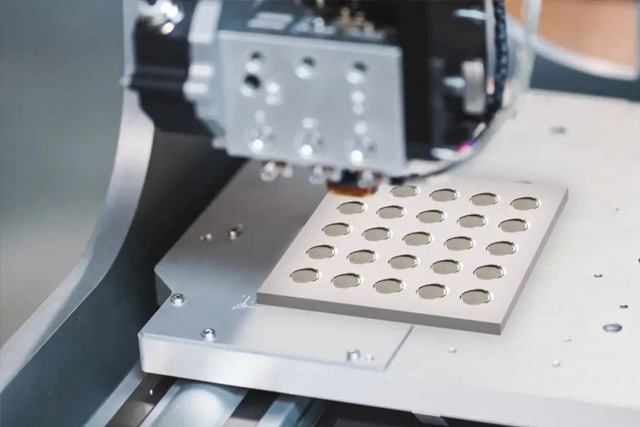
Insist to pursue continuous improvement for cost management through lean production & supply chain management, etc., keep price competitive and share interests with customer.
When motor manufacturers design motors, the shape and size of permanent magnets have a significant impact on the overall performance and commutation of the motor. Therefore, choosing the right shape and size of motor magnets is of great importance.
The shapes commonly used for motor magnets are arc-shaped, tile-shaped, square, ring-shaped, and so on. Let's explore the advantages of different shapes of motor magnets.
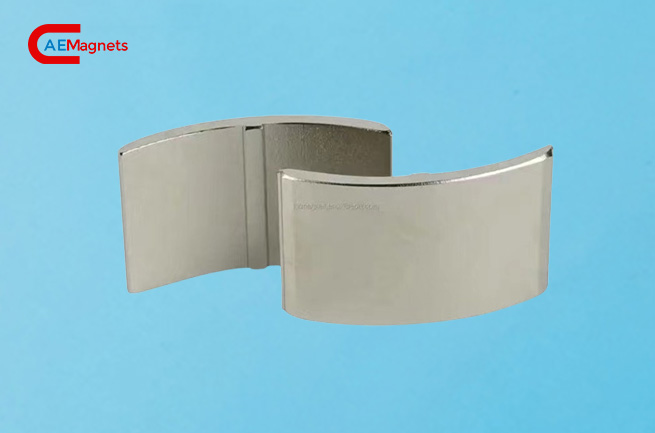
Since sintered neodymium iron boron is an anisotropic material, it is challenging to create complex magnetization directions. Arc magnets can form radial rings and remain the most common shape for motor magnets, especially for DC motors and magnetic rotors. Bent magnets bring the magnet closer to the stator, reducing the air gap and increasing the flux between them.
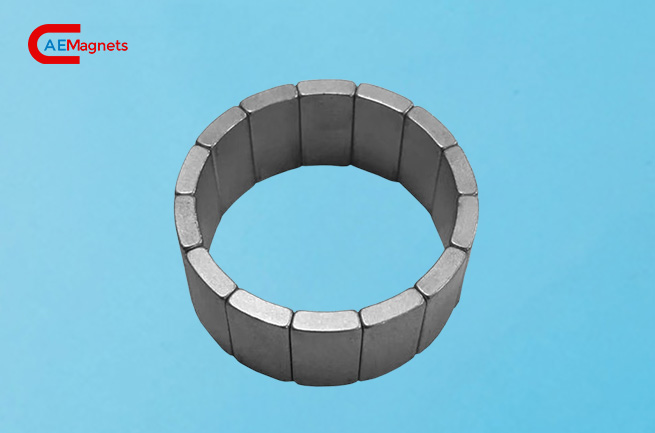
In theory, ring-shaped magnets are the optimal shape for motor magnets. More precisely, these rings are radial ring-shaped motor magnets. They have many advantages, including:
However, due to the limitations of magnet material performance and manufacturing processes, not all magnets can be made into radial oriented rings. There are two main types of radial ring-shaped magnets: bonded magnets and sintered neodymium magnets.
Compression-molded magnets are designed for different motors, such as pump motors, vacuum cleaner motors, gate motors, stepper motors, brushless motors, DC motors, starter motors, and conveyor motors. They are made through hot extrusion and deformation.
Radial ring-shaped motor magnets Compared to sintered neodymium iron boron, injection-molded ferrite, samarium cobalt magnets, or injection-molded neodymium iron boron magnets have advantages in control accuracy and yield.
They are the most flexible permanent magnets and can be made into different complex shapes using various magnetization methods. However, their magnetic field is much lower than that of sintered neodymium iron boron magnets. Sintered neodymium magnets can also be made into radial oriented magnetic rings.
However, they are very expensive because they require additional magnetization fixtures and magnetization coils. There are also many restrictions on size and grade.

Flat (trapezoidal and rectangular) shapes are another common choice for motor magnets. Flat shapes are easy for motor magnet manufacturers to process. This means lower costs compared to segmented motor magnets
Thanks to their exceptional magnetic properties, motor magnets find widespread applications across various industries, here are the industry applications where motor magnets play a crucial role:
Automotive Industry: Electric vehicles and hybrid cars, contributing to efficient and high-performance electric drivetrains.
Electronics and Appliances: Household appliances, computer hard drives, and various electronic devices, ensuring smooth and reliable operation.
Renewable Energy: Wind turbines and hydropower generators utilize motor magnets to convert mechanical energy into electrical power, supporting sustainable energy production.
Medical Devices: Medical equipment such as MRI machines, blood pumps, and diagnostic tools.
Aerospace and Defense: Components like actuators, navigation systems, and satellite mechanisms.
Power Tools: Cordless power tools leverage motor magnets for compact design, high power density, and efficient operation in construction and manufacturing.
Robotics: Industrial robots and automated systems rely on motor magnets for precise control and movement, supporting a wide range of manufacturing processes.
Oil and Gas Industry: Oil and gas sector, such as pumps and drilling equipment.
Mining and Minerals Processing: Mining operations, powering equipment like crushers, conveyors, and separators for mineral processing.
Motor magnets continue to be instrumental in advancing technology and driving efficiency across diverse industries. As these industries evolve, the demand for high-performance motor magnets is likely to grow, leading to further innovations and applications.
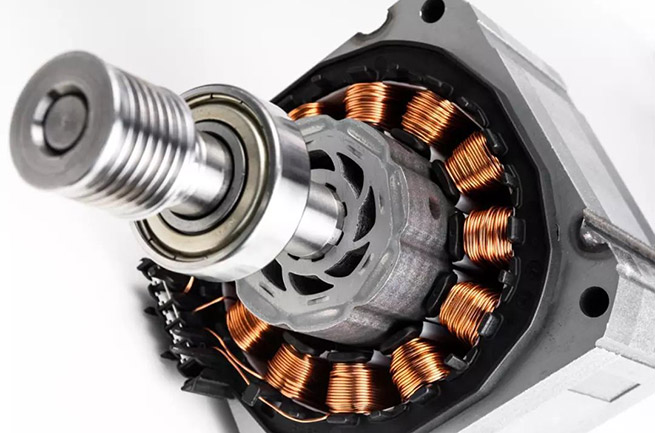
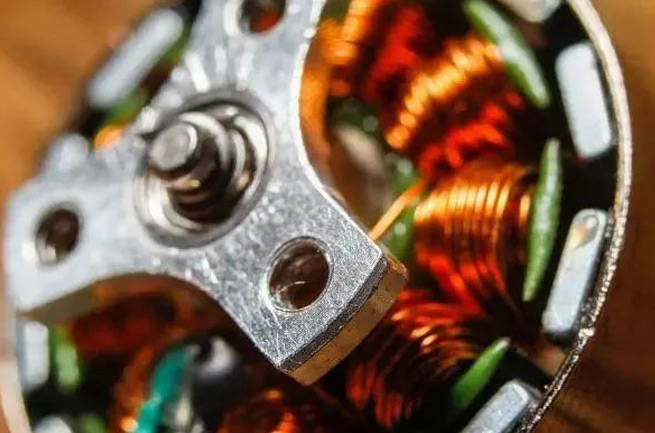
The main materials used for motor magnets are NdFeB (Neodymium Iron Boron), SmCo (Samarium Cobalt), Ferrite (Ceramic), and Ferrite (Aluminum Nickel Cobalt), these 4 materials offer unique properties suitable for different motor applications. Advantage and disadvantage of the four materials based on magnetic strength, temperature stability, cost, applications as follows:
| Advantages | Disadvantages | Industry Application | |
|---|---|---|---|
| NdFeB |
Highest magnetic strength among commonly used magnet materials. Excellent energy density. Relatively low production cost. |
Susceptible to corrosion, requiring protective coatings. Temperature-sensitive, may experience demagnetization at high temperatures. Brittle and may break or chip easily. |
High-performance motors, hard disk drives, speakers, magnetic couplings. |
| SmCo |
High magnetic strength. Excellent temperature stability, with high coercivity and curie temperature. Resistant to corrosion. |
Higher cost compared to NdFeB. Brittle and may require diamond tools for machining. | Aerospace applications, medical devices, sensors in harsh environments. |
| Ferrite |
Low cost. Good resistance to corrosion. Relatively high coercivity. |
Lower magnetic strength compared to NdFeB and SmCo. Lower energy density. |
Motors in appliances, loudspeakers, automotive applications. |
| AlNico |
Good temperature stability. High Curie temperature. High remanence and relatively high coercivity. |
Lower energy density compared to NdFeB and SmCo. Moderate magnetic strength. |
Vintage and high-temperature motors, electric guitar pickups, sensors. |
The choice of material for motor magnet depends on the specific requirements of the application, considering factors such as temperature conditions, cost constraints, and desired magnetic properties.
| Magnetic Strength | Cost | Corrosion Resistance | Applications | |
|---|---|---|---|---|
| Comparison |
NdFeB and SmCo have the highest magnetic strength, making them suitable for high-performance applications. Ferrite and AlNiCo have lower magnetic strength but find use in applications where cost and other factors outweigh the need for maximum strength. Temperature Stability: SmCo and AlNiCo exhibit better temperature stability compared to NdFeB, making them suitable for high-temperature applications. |
Ferrite is the least expensive, followed by NdFeB, AlNiCo, and SmCo, which tends to be the most expensive. | NdFeB and SmCo are prone to corrosion and require protective coatings. Ferrite and AlNiCo generally have better corrosion resistance. |
NdFeB and SmCo are used in high-performance applications where maximum magnetic strength is crucial. Ferrite and AlNiCo are chosen for applications where cost, temperature stability, and moderate magnetic strength are more critical than peak performance. |
The impact of motor magnets on motor performance mainly depends on material, size, magnetic field strength, and other aspects. As an essential part of the motor magnetic circuit, the main function of the motor magnet is to generate a magnetic field, allowing the motor to complete the conversion of mechanical work into electrical energy or electrical energy into mechanical work. During motor operation, the selection and design of magnets have an impact on the output power, efficiency, stability, temperature, and other aspects of the motor. Therefore, in the selection and design of motor magnets, it is necessary to comprehensively consider the specific working conditions and performance indicators of the motor to ensure its stable operation and excellent performance
The manufacturing process of motor magnets mainly involves the material selection, cutting, assembly, bonding. The materials and manufacturing processes used for different motor magnets also vary. For example, a permanent magnet magnet needs to select excellent permanent magnet materials and undergo magnetization treatment during the heating process to improve magnetization strength and stability. The excitation coil magnet needs to use silicon steel sheets with good magnetic conductivity, and pay attention to adjusting the number and position of coils, as well as factors such as magnetic air gap, to improve the efficiency and output capacity of the motor.
The maintenance of motor magnets is an important step in ensuring the normal operation of the motor. During the use of the motor, the performance of the magnet may change due to factors such as temperature, pressure, and mechanical vibration. Therefore, it is necessary to regularly check the magnetic field strength, magnetic circuit gap, magnet temperature and other indicators of the motor magnet to ensure that its performance meets the requirements. If problems are found with the motor magnet, it should be repaired, replaced or adjusted in a timely manner.
For DC motors, under the same winding parameters and test conditions, the higher the residual magnetism, the lower the no-load speed and the smaller the no-load current; the greater the maximum torque, the higher the efficiency at the highest efficiency point. In actual tests, the level of no-load speed and the size of the maximum torque are generally used to judge the residual magnetism standard of magnets.
For the same winding parameters and electrical parameters, the reason why the higher the residual magnetism, the lower the no-load speed, and the smaller the no-load current is because the running motor generates sufficient reverse induction at a relatively low speed. Generates a voltage so that the algebraic sum of the electromotive force applied to the winding decreases.
For brushless motor magnets that are densely packed, the total cumulative gap cannot exceed 0.5 mm. If it is too small, it will not be installed. If it is too large, it will cause vibration and reduced efficiency of the motor. This is because the position of the Hall element that measures the position of the magnet and the magnetic The actual position of the steel does not correspond, and the consistency of the width must be ensured, otherwise the efficiency of the motor will be low and the vibration will be large.
For brush motors, there is a certain gap between the magnets, which is reserved for the mechanical commutation transition area. Although there is a gap, in order to ensure the accurate installation position of the motor magnets, most manufacturers have strict magnet installation procedures to ensure installation accuracy. If the width of the magnet is exceeded, it will not be installed; if the width of the magnet is too small, the positioning of the magnet will be misaligned, the vibration of the motor will increase, and the efficiency will decrease.
Let us be your partner in magnets supply chain
Motor magnets is a magnetic materials used to generate magnetic fields and play an important role in motors. Motor magnets are mainly divided into two types: hard magnets and soft magnets. Hard magnets are small in size and have a long life, and can stably output magnetic fields for a long time, while soft magnets have good magnetic permeability, high magnetic permeability and low coercive force, and are suitable for use in thin parts of magnetic circuits that need to generate large magnetic flux density. There are many types of magnets used in motors, including permanent magnets, field coil magnets, rotor magnets, etc.
The rotor and stator of a motor cannot wokr without magnets, and the requirements for magnets in a motor mainly include the following aspects:
Choosing the appropriate magnet is the key to ensuring the normal operation of the motor. When selecting a magnet, it should be based on the working conditions and performance requirements of the motor, including the following factors:
In short, the requirements for magnets in motors are multifaceted. When selecting magnets, it is necessary to comprehensively consider the working conditions and performance requirements of the motor to ensure its normal operation.

Gauss Testing
Gauss measurement gauges a magnet's field strength using a device called a gauss meter.
Process: A handheld probe of the gauss meter is moved around the magnet, and the values increase or decrease accordingly.
Limitations: Gauss meters are highly sensitive, making it challenging to obtain reliable, repeatable values. Calibration issues are common, and even slight movements of the probe can yield different results.
Application: Provides insights into a magnet's circuit design and field gradient but may not be the preferred method due to its sensitivity.
lf you're looking for motor magnets, we'll work with you to find the best option for your appilaction.

Normally the motor magnets can be shipped by air, sea, railway, land, depends on weight and distance, before shipping the magnets need to be packed with magnetic shield to make sure the magnetism can not affect outside of the package. Magnetic inspection is necessary for air shipping which is conducted by 3rd party, meanswhile MSDS report is necessary for sea shipping.

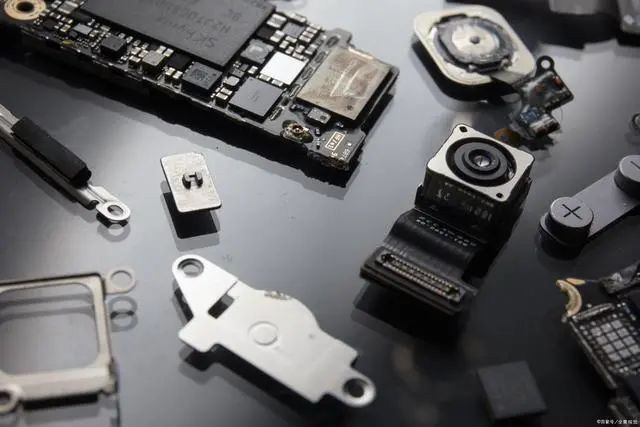

Navigating the realm of motor magnets can be overwhelming, especially for newcomers. Yet, with invaluable insights into motor magnets, the complexity of selection transforms into a streamlined process.
Backed by decades of expertise in the motor magnets sector, AEMagnets stands as a reliable source for optimal materials grades, size, shapes, and specifications catering to projects of any scale. Our dedicated team is ready to provide insightful guidance, with the added convenience of customizable samples meticulously crafted to suit your distinct requirements. Trust in AEMagnets for a seamless motor magnets selection experience.

